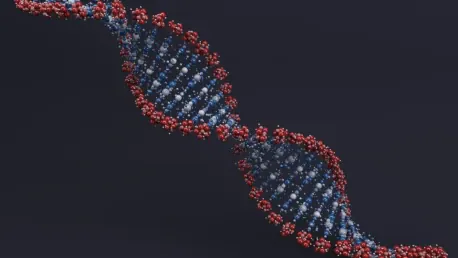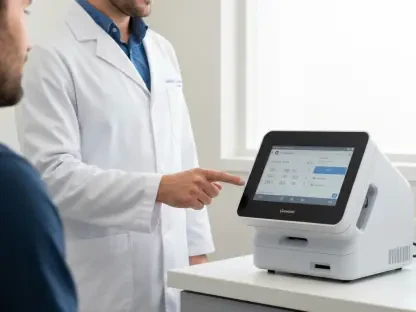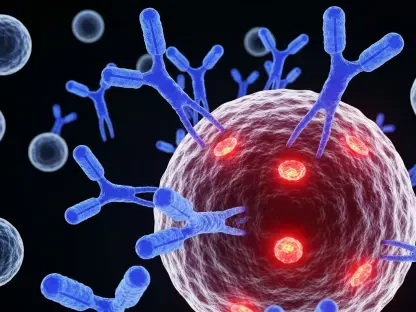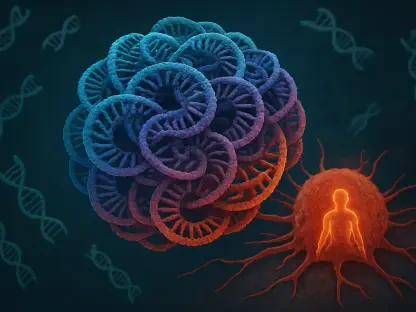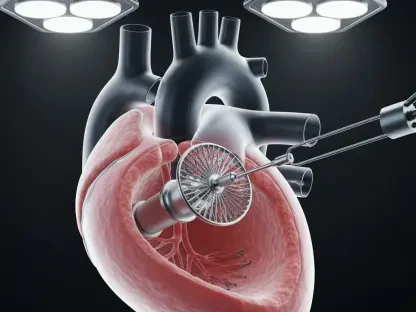In a rapidly evolving digital landscape, the challenge of data storage has become increasingly prominent, prompting researchers to seek innovative solutions. Zhang and colleagues introduced a groundbreaking method known as the epi-bit technique, revolutionizing DNA storage. This method leverages DNA’s high storage density and long-term stability to address the burgeoning issue of data storage in the era of big data. Unlike traditional DNA storage methods reliant on de novo synthesis, the epi-bit method employs parallel and programmable DNA self-assembly, significantly improving efficiency and cost-effectiveness.
The Epi-Bit Method: A New Approach to DNA Storage
Encoding Information through Selective Methylation
The core concept of the epi-bit method pivots around the sophisticated process of selective methylation on cytosine bases within DNA strands. This process begins with the use of pre-synthesized DNA fragments, often referred to as DNA bricks. These bricks are painstakingly assembled on a reusable DNA strand, each brick binding meticulously to a unique location on the strand. The precise binding of each DNA brick directs an enzyme to methylate specific positions on the template, effectively “printing” the encoded data. Within this framework, data is translated into a binary system, where the presence of a methylated site represents a 1, and an unmethylated site denotes a 0. This innovative mechanism ensures high accuracy in data storage.
To retrieve the stored data, a nanopore sequencing device is employed, capable of reading the methylated and unmethylated sites with precision. The epi-bit method thus eliminates the necessity for de novo DNA synthesis, which has traditionally been a time-consuming and expensive process. The new approach not only expedites data storage but also reduces associated costs, a critical factor in making the technology more accessible.
Achievements and Practical Demonstrations
One of the most compelling aspects of Zhang et al.’s research is its application in practical scenarios, embodying the potential of the epi-bit method. The team successfully encoded 275,000 bits of data across five distinct DNA templates using an automated platform. Remarkably, these templates included high-definition images of a white tiger and a giant panda, underscoring the method’s capacity to store complex data types. Notably, this was achieved without engaging in traditional DNA synthesis, showcasing the technique’s efficiency and potential for widespread use.
The iDNAdrive platform, another significant innovation, highlighted the method’s accessibility and versatility. Volunteers, including those with no prior experience, managed to encode approximately 5,000 bits of data. Even more impressive was the error rate, which remained as low as 1.42%, indicating the method’s reliability and precision. This hands-on demonstration affirmed the practicality of the epi-bit method, suggesting that it could be adopted successfully across various academic and practical settings.
The Future of DNA Storage Technology
Efficiency and Cost-Effectiveness
The swift progress in data storage technology reflects an overarching trend towards more efficient, scalable, and user-friendly solutions. The epi-bit method stands out by allowing rapid, programmable DNA storage without the cumbersome process of DNA synthesis. This capability dramatically speeds up the data storage process and reduces associated costs, addressing two critical pain points in conventional methods. As DNA storage continues to evolve, methods like epi-bit may redefine our approach to handling vast quantities of data, from biological research to commercial applications.
Moreover, the cost-effectiveness of the epi-bit method cannot be overstated. Traditional DNA synthesis techniques are known for their high costs and time-consuming procedures. By contrast, the epi-bit method’s reliance on pre-synthesized DNA bricks, reusable strands, and selective methylation offers a more streamlined and economically viable solution. This not only makes the technology more appealing to a broader audience but also encourages further research and development, leading to potential improvements and refinements.
Accessibility and Broader Applications
The epi-bit method exemplifies the future of DNA storage technology by demonstrating a scalable and user-friendly approach to data innovation. As new sources and vast quantities of data continue to emerge, efficient data storage solutions become increasingly critical. The epi-bit technique’s combination of high storage capacity, stability, and cost-effectiveness positions it as a promising tool in the realm of data management, potentially transforming how large volumes of information are securely stored and managed across various fields in the future.
